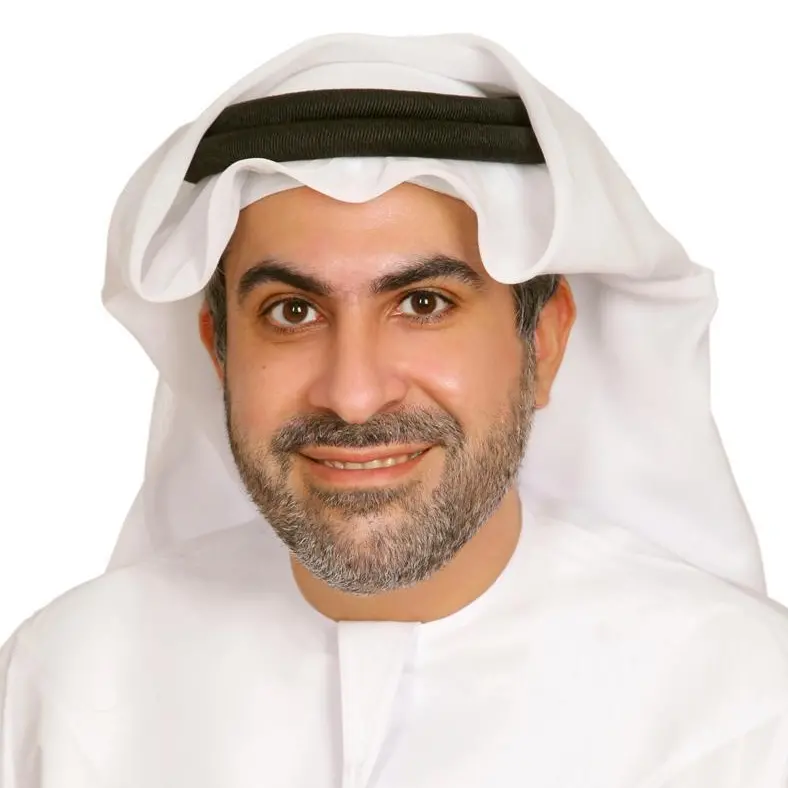15 March 2017
Islamic banks in the Gulf Cooperation Council (GCC) region are forecast to be more profitable than their conventional rivals for the second consecutive year in 2017, on the back of stronger margins and resilient cost of risk, Moody's Investors Service said in a report published on Wednesday.
"Islamic banks will be able to maintain their profitability in 2017, as lower funding costs will support their margins against a backdrop of rising interest rates, while improvements in their risk management and asset quality will further ease the pressure on their cost of risk," Nitish Bhojnagarwala, assistant vice president - analyst at Moody's was quoted as saying in a press statement.
The global ratings agency said Shariah-compliant banks will maintain stronger margins this year, primarily as a result of their low funding costs, which reflect their reliance on largely stable current and savings account balances. Islamic banks also tend to have higher asset yields, given their focus on retail and the real estate related lending.
"Conventional banks will continue to beat Islamic peers in terms of cost efficiency," explained Bhojnagarwala.
Islamic banks' have a higher cost base because they are younger and more focused on retail customer segments. This means higher levels of investment in branch network expansion and technology. Most conventional banks in the GCC, in contrast, have already established their branch networks.
Total Islamic banking assets in the UAE have increased to approximately 520 billion dirhams ($142 billion) in the past few years, said Saif Hadef Al Shamsi, assistant governor for monetary policy and financial stability at the UAE Central Bank. (Read more here)
In September 2016, Moody’s said that in Saudi Arabia, where even conventional banks offer Islamic products, Islamic finance assets represent more than half of system financing. In Saudi Arabia, the largest Islamic banking system by assets in the GCC region, the retail deposits at Islamic banks represent more than 80 percent of their deposit bases.
In Kuwait and Qatar, such assets account for around 40 percent and 29 percent of the system, respectively; higher than 23 percent in Malaysia and just over five percent in Indonesia. (Read more here)
In a recently adopted staff paper “Ensuring Financial Stability in Countries with Islamic Banking”, the International Monetary Fund called for further strengthening of the legal and regulatory environment and institutional framework in countries that have Islamic banking. (Read more here)
The fast-growing Islamic finance industry is also suffering from a lack of specialised workers, Saudi Arabian Monetary Authority (SAMA) governor Ahmed Al-Kholifey said in December. (Read more here)
Salaam Gateway: For more industry intelligence, news, information and data on the global Islamic economy click here.
© Express 2017
Islamic banks in the Gulf Cooperation Council (GCC) region are forecast to be more profitable than their conventional rivals for the second consecutive year in 2017, on the back of stronger margins and resilient cost of risk, Moody's Investors Service said in a report published on Wednesday.
"Islamic banks will be able to maintain their profitability in 2017, as lower funding costs will support their margins against a backdrop of rising interest rates, while improvements in their risk management and asset quality will further ease the pressure on their cost of risk," Nitish Bhojnagarwala, assistant vice president - analyst at Moody's was quoted as saying in a press statement.
The global ratings agency said Shariah-compliant banks will maintain stronger margins this year, primarily as a result of their low funding costs, which reflect their reliance on largely stable current and savings account balances. Islamic banks also tend to have higher asset yields, given their focus on retail and the real estate related lending.
"Conventional banks will continue to beat Islamic peers in terms of cost efficiency," explained Bhojnagarwala.
Islamic banks' have a higher cost base because they are younger and more focused on retail customer segments. This means higher levels of investment in branch network expansion and technology. Most conventional banks in the GCC, in contrast, have already established their branch networks.
Total Islamic banking assets in the UAE have increased to approximately 520 billion dirhams ($142 billion) in the past few years, said Saif Hadef Al Shamsi, assistant governor for monetary policy and financial stability at the UAE Central Bank. (Read more here)
In September 2016, Moody’s said that in Saudi Arabia, where even conventional banks offer Islamic products, Islamic finance assets represent more than half of system financing. In Saudi Arabia, the largest Islamic banking system by assets in the GCC region, the retail deposits at Islamic banks represent more than 80 percent of their deposit bases.
In Kuwait and Qatar, such assets account for around 40 percent and 29 percent of the system, respectively; higher than 23 percent in Malaysia and just over five percent in Indonesia. (Read more here)
In a recently adopted staff paper “Ensuring Financial Stability in Countries with Islamic Banking”, the International Monetary Fund called for further strengthening of the legal and regulatory environment and institutional framework in countries that have Islamic banking. (Read more here)
The fast-growing Islamic finance industry is also suffering from a lack of specialised workers, Saudi Arabian Monetary Authority (SAMA) governor Ahmed Al-Kholifey said in December. (Read more here)
Salaam Gateway: For more industry intelligence, news, information and data on the global Islamic economy click here.
© Express 2017











